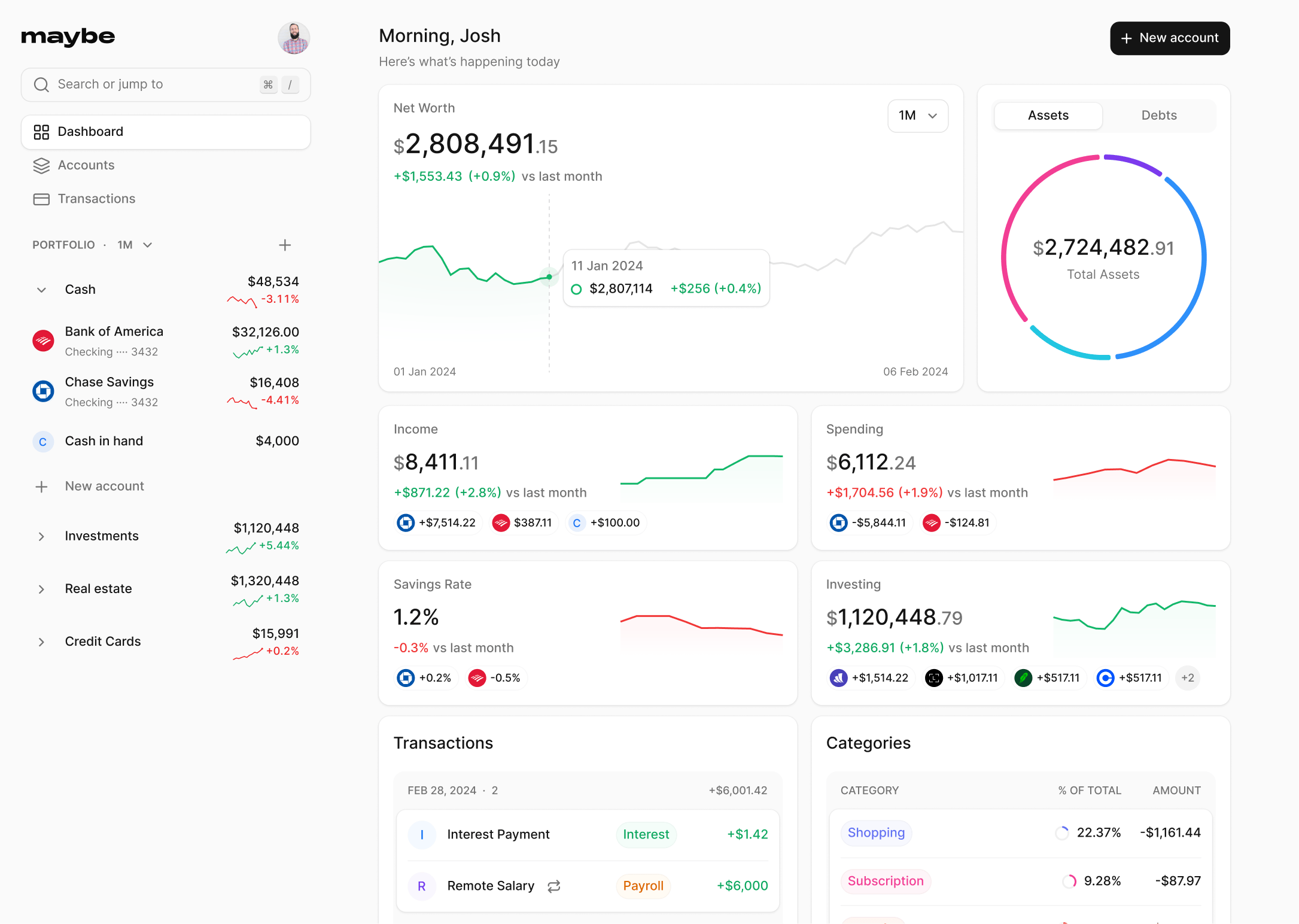Financial Terms / C - D / Cash flow
Cash flow
Cash flow is the amount of cash flowing in and out of a business or any entity at a specific time. Companies use cash to buy materials and equipment, pay workers and suppliers, and so on. These are called cash outflows. They also receive money from their customers and clients. These are called cash inflows.
An entity is cash flow positive if it has more cash inflows than cash outflows and is cash flow negative if it has more cash outflows than cash inflows.
Discover more financial terms
Join the Maybe  waitlist
waitlist
Join the waitlist to get notified when a hosted version of the app is available.
